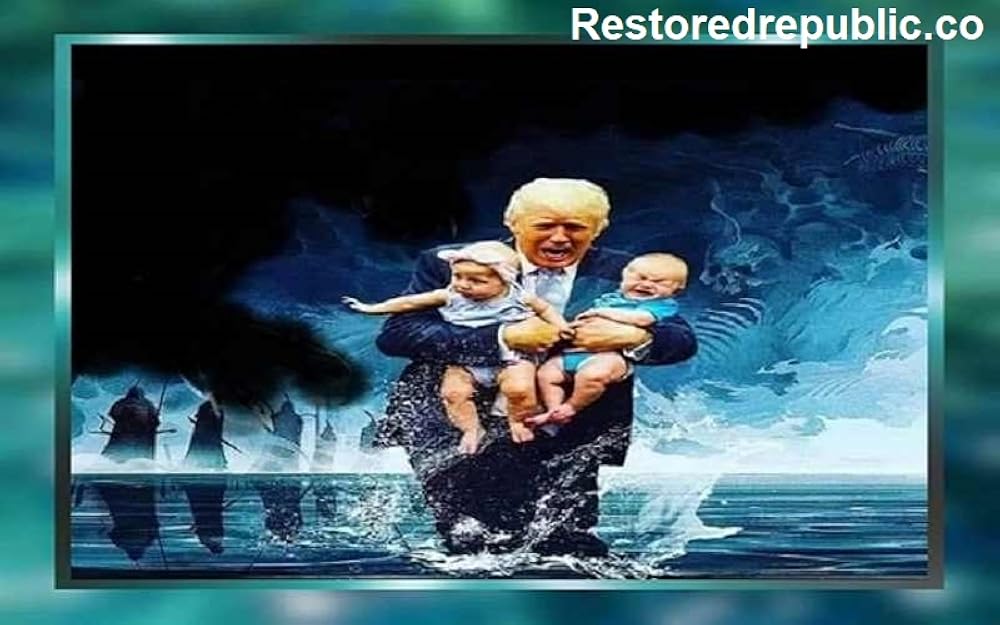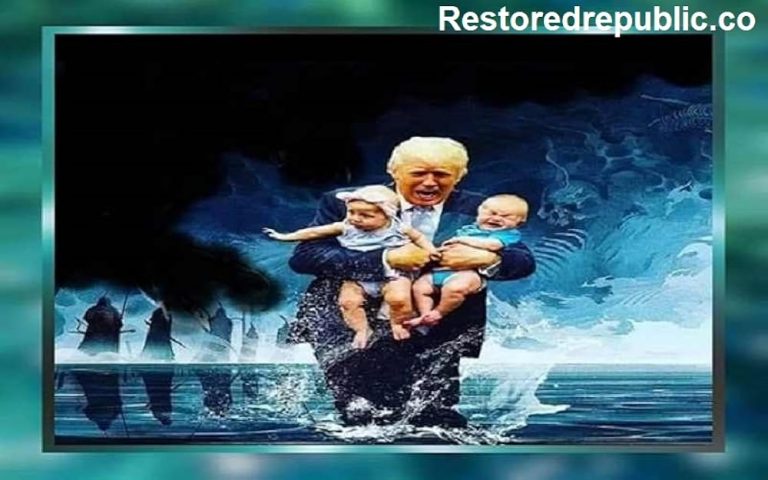In recent years, the concept of a “Restored Republic.Co” has gained traction among those seeking fundamental changes in American governance.
But what exactly is a Restored Republic.Co, and how could it reshape our nation? This article delves into the controversial movement, exploring its potential impacts on everything from our economy to our daily lives.
A Restored Republic.Co aims to return the United States to what proponents believe is a more authentic interpretation of the Constitution.
This movement envisions a dramatic overhaul of current governmental structures, promising a nation with greater individual liberties, reduced federal power, and a reimagined economic system.
Constitutional Reforms

At the heart of the Restored Republic.Comovement is a call for significant constitutional amendments. These proposed changes aim to limit federal power and enhance individual rights. Some key proposals include:
- Stricter term limits for elected officials
- A balanced budget amendment
- Enhanced protection for property rights
- Limitations on Executive Orders
Supporters argue these changes would lead to a more accountable government and prevent the accumulation of power in Washington. Critics, however, warn of potential instability and weakened national cohesion.
Economic Overhaul
Perhaps the most radical aspect of the Restored Republic.Co-vision is its approach to economics. Key proposals include:
- Abolishing the Federal Reserve
- Returning to a gold or commodity-backed currency
- Eliminating the income tax
- Massive reduction in federal spending
Proponents claim these measures would end inflation, reduce national debt, and spur economic growth. Sceptics warn of potential economic chaos and a reduced ability to respond to crises.
State Sovereignty
A restored republic would likely see a significant shift in the balance of power between states and the federal government. This could mean:
- States having greater control over education and healthcare
- Reduced federal regulations on businesses
- More state autonomy in environmental and land use policies
While supporters argue this would lead to more responsive, localized governance, others fear it could result in a patchwork of conflicting laws and reduced protections for minority rights.
Related: Discover Howard’s Mill: A Hidden Gem You Must Visit!
Judicial System Reforms
The restored republic movement often calls for sweeping changes to the judicial branch, including:
- Limiting the Supreme Court’s power of judicial review
- Implementing jury nullification as a standard practice
- Simplifying the legal code
These changes aim to reduce judicial activism and empower citizens in the legal process. Critics worry about potential inconsistencies in law application and weakened civil rights protections.
Foreign Policy Shift
A restored republic would likely see a dramatic shift in America’s role on the world stage:
- Withdrawal from international organizations like the UN and NATO
- Reduction in foreign military presence
- Focus on non-interventionist policies
Supporters argue this would reduce military spending and foreign entanglements. Detractors warn of potential power vacuums and reduced global influence.
Education Revolution
The restored republic vision often includes a complete reimagining of the education system:
- Elimination of the Department of Education
- Increased emphasis on civics and constitutional studies
- Expansion of school choice and homeschooling options
Proponents believe this would lead to better-educated, more engaged citizens. Critics fear potential educational inequalities and reduced national standards.
Healthcare Transformation
Healthcare under a restored republic could look radically different:
- Dismantling of the current insurance-based system
- Emphasis on direct-pay models and health savings accounts
- Reduced regulations on medical practices and drug approvals
Supporters argue this would lower costs and increase healthcare freedom. Sceptics worry about reduced access to care and potential public health risks.
Frequently Asked Questions
A: No, the restored republic movement aims to dramatically reform the current system, not create a new country.
A: While the movement has gained some traction, implementing such sweeping changes would face significant legal and political hurdles.
A: Most restored republic proponents advocate for significant reductions in federal social programs, but specific proposals vary.
A: Potential impacts could include changes in taxation, healthcare options, educational choices, and the role of government in various aspects of life.
A: While it shares some ideas with libertarian and conservative movements, the restored republic concept crosses traditional party lines.
Conclusion
The Restored Republic.Co movement presents a bold, controversial vision for reshaping American governance. While supporters see it as a return to constitutional principles and individual liberty, critics warn of potential instability and loss of important protections.
As with any significant political movement, it’s crucial for citizens to critically examine the proposals, consider potential consequences, and engage in informed dialogue about the future of our nation.
